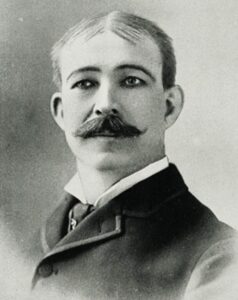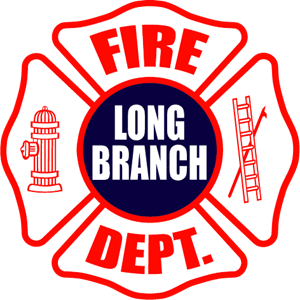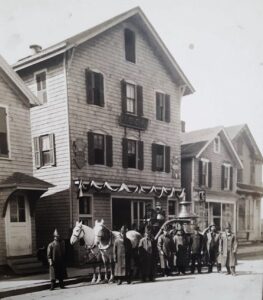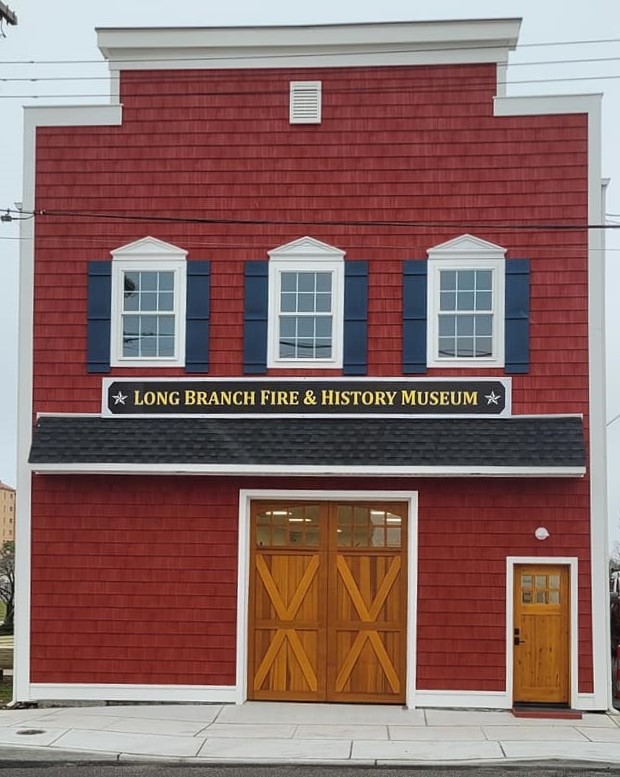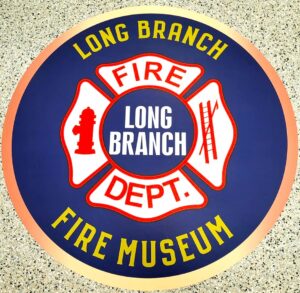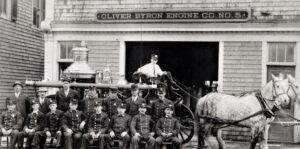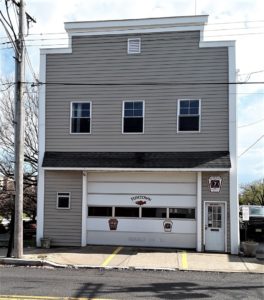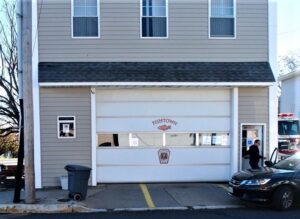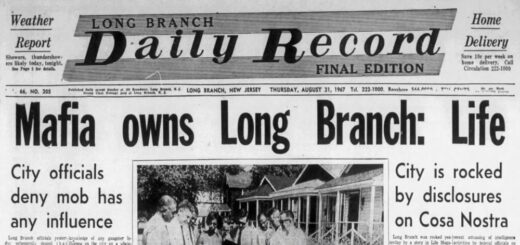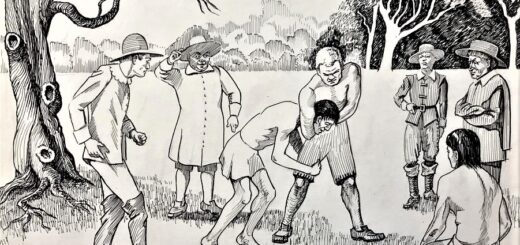Oliver Byron’s Next Performance …
City Fire & History Museum now open …
There’s a new stage for the city’s favorite actor. The new Long Branch Fire & History Museum — the old Oliver Byron firehouse — on Atlantic Avenue opened in March 2024. Local history lovers should rejoice. This fabulous renovation of a North End relic has yielded a “collection of historic objects, artifacts and archives that tell the story of the Long Branch Fire Department as well as the rich history of our city.”
A famous actor who lived in and loved North End and its people, Oliver Doud Byron financed and built the first structure for local firemen on Atlantic Avenue in 1890. The “Byrons” were officially incorporated by 1898 (Edward W. Reid was the first president). After a suspicious third-floor fire (in the lodge room) in April 1907, the original firehouse was torn down and quickly replaced with a new building that year. Hyer & Wright did the construction for $4,400 and J.H. Sutphen was the architect.
When he died in October 1920 in Long Branch, Byron was hailed as a “pioneer actor on the American stage” by the Long Branch Daily Record. Born in Frederick City, Maryland in November 1842 (first appearing on the stage at age 14 in a Charles Dickens play), he enjoyed “48 consecutive summers” in the city. Known as the “Summer Mayor of North Long Branch,” at one point he owned eight large seashore cottages in North Long Branch and Monmouth Beach (which he offered up for summer season rentals).
The product of “legendary theater actors,” Byron performed regularly in Shakespeare productions alongside both John Wilkes and Edwin Booth — all in their prime. A real showman, Byron toured the nation for decades — as both performer and playwright. His wife Kate Crehan was Irish-born and a fine actress herself. “The Byron-Crehan family was one of the most noted theatrical groups in America ranking with the Drews and the Barrymores,” according to a 1966 Long Branch Daily Record story on the family.
The Long Branch Fire Department — nearing 150 years of duty and devotion — was officially organized in November 1878, according to the Long Branch Daily Record. By 1977 Long Branch had the nation’s largest active volunteer fire department (600 members and 9 fire companies), according to the Asbury Park Press. Today’s city firefighters respond to an average of 1,600 calls per year.
* * * * *
This new restoration project is both bold and attentive. The city desperately needs to find ways to preserve, protect and promote its rich history. Now more than ever. Things are slipping away. Every month it seems like another part of Long Branch heritage disappears. So credit the mayor and council for positive action here. With the city’s heritage fleeting — noticeable to me after searching old newspaper digital archives for the past 5 years — this preservation plan is a step in the right direction.
Dr. James O. Green (“Father” of the Long Branch Fire Department) founded the Neptune company in September 1877. His father, Capt. James Green (1800–1863) started the US Life-Saving Service at Green’s Pond (now Takanassee Lake). The family also started the Takanassee Beach Club in 1932.
Today’s fire department includes professional firefighters paid by the city. The Uniform Firefighters Division has 25 members. Paid firemen in Long Branch goes back to March 1927 when the city first hired “fire drivers” according to the Long Branch Daily Record. These “driver-inspectors” toured the city looking for fire hazards. Joseph Clevenger was the fire chief then.
Now that Oliver Byron is off-line the city is down to eight actives fire companies — Atlantic Fire Company (on Broadway), Independent Engine & Truck Company #2, Oceanic Fire Company (Norwood Ave), West End Engine Company (Second Ave), Neptune Hose Company (Branchport Ave), Phil Daly Hose Company, Branchport Hose Company (Branchport Ave), and Elberon Engine Company (Lincoln Ave).
Here are some Oliver Byron-related images:
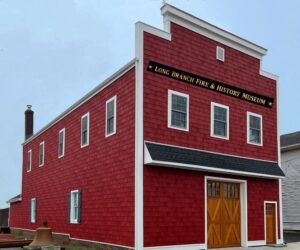
The Dream — Long Branch Fire & History Museum, 2024. Known officially as the Oliver Byron Engine Company, No. 5 — it cost $650,000.
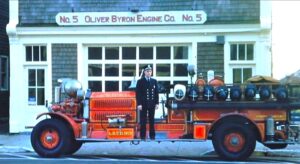
Oliver Byron Engine Company, No. 5, 1950s. The old fire company membership has consolidated with the Neptune Hose Company, No. 1.
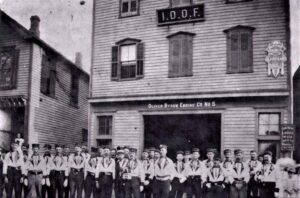
Oliver Byron Engine Company, 1905. The original three-story firehouse funded by Byron; it was replaced in 1907.
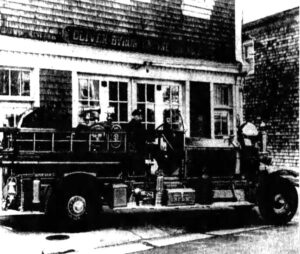
Oliver Byron firehouse, December 1940. The company was marking 50 years of service as a unit of the city’s firefighting forces. James Mion was company president that year.
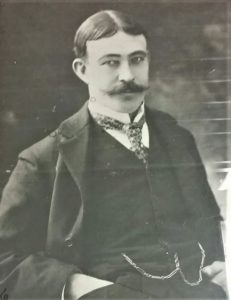
Pre-Hollywood Handsome — Oliver Byron, 1860s. He came from a family of stage actors and made his last NYC Broadway performance in 1915. He and his wife, Kate (both died in 1920), were made honorary life members at the North End fire company.
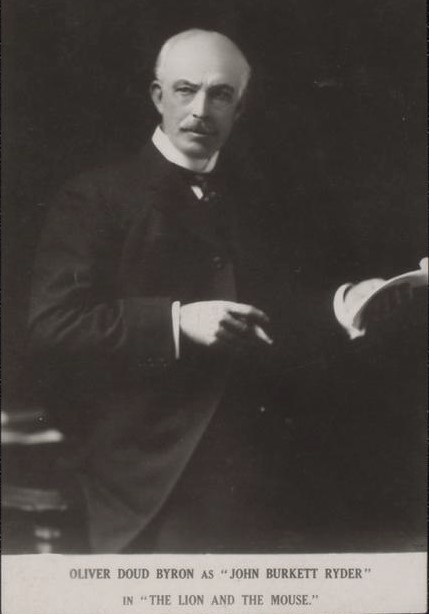
Oliver Byron at Macauley’s Theatre, November 1907. His favorite role, according to the August 1907 Long Branch Daily Record.
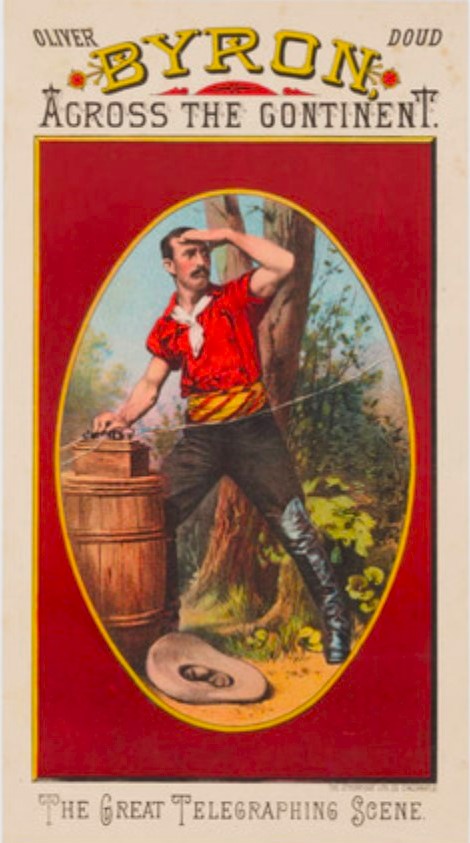
“Across the Continent” by Oliver Doud Byron. A stage role that he performed over 3,000 times, according to the Long Branch Daily Record.

Big Wow! — Just as the first summer of the 20th century concluded the Long Branch Daily Record reported that famed actor-resident Oliver Byron had a plan for an oceanfront boardwalk that would “redeem Long Branch,” September 1901.
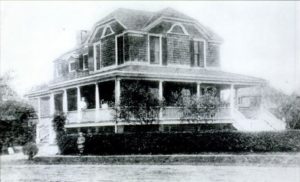
Ocean Avenue home of actor Oliver Byron, early 1900s. Near the Monmouth-Beach-Long Branch boarder, it still stands. Built by the NJ Southern Railroad in 1867, Byron acquired the property in 1898. It was also called the “Silver Lodge.”
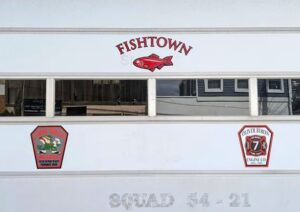
Oliver Byron firehouse front, 2015. The north end section of Long Branch was once known as “Fishtown.”
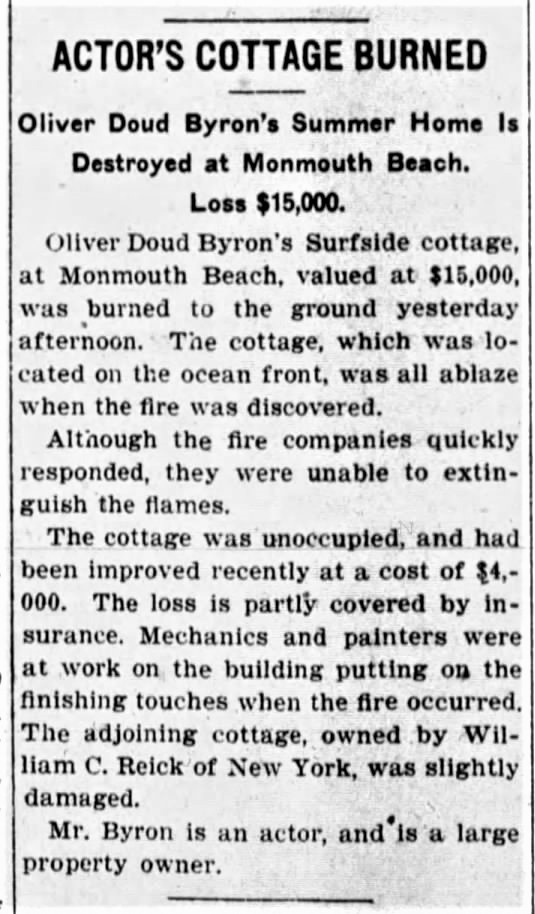
One the firemen lost: Oliver Byron’s Monmouth Beach cottage was toasted good just about 120 years ago. The MBBP would emerge on the grounds and still operates today. APP, May 1903.
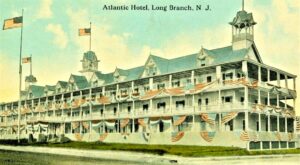
Shore Sacrifice — Atlantic Hotel, early 1910s. One of the city’s most spectacular oceanfront hotels was unlucky. During a major fire there in August 1925 Raymond L. Dinen and J. Wilbur Lloyd became the “first firefighters to lose their lives while in the performance of their duty,” according to the Long Branch Daily Record. Both men were volunteers at Phil Daley Hose Company. The hotel — filled with 300 guests at the time of the fire — was operating before the Civil War. It was rebuilt becoming the Isle de Capri Hotel before a 1959 blaze took it all.
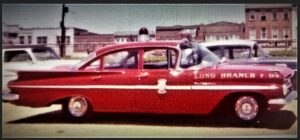
Big Red: Long Branch Fire Department Chief’s car, 1959 Chevy BelAir — MORE INFO.
